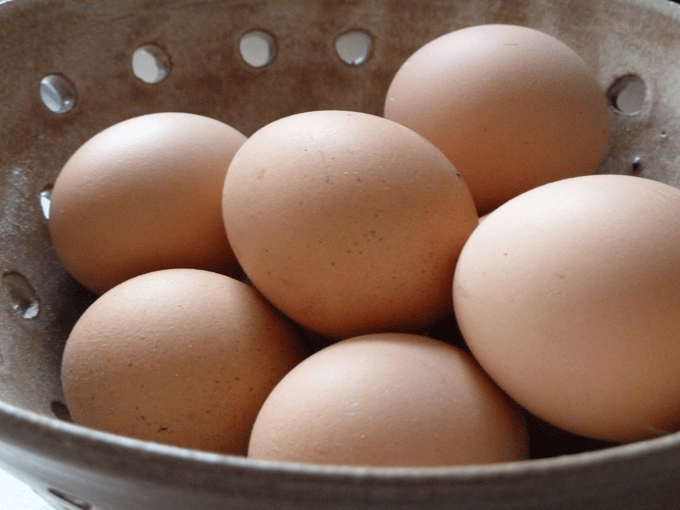 Pearl, on the other hand, is not ready to go back to work. She is our oldest hen, an Arucana or Americana, and we guess she is around six now. Last year she laid from around March-August, so we expect her to take another month or two before those blue-green eggs join the others in the egg bowl.
Pearl, on the other hand, is not ready to go back to work. She is our oldest hen, an Arucana or Americana, and we guess she is around six now. Last year she laid from around March-August, so we expect her to take another month or two before those blue-green eggs join the others in the egg bowl.
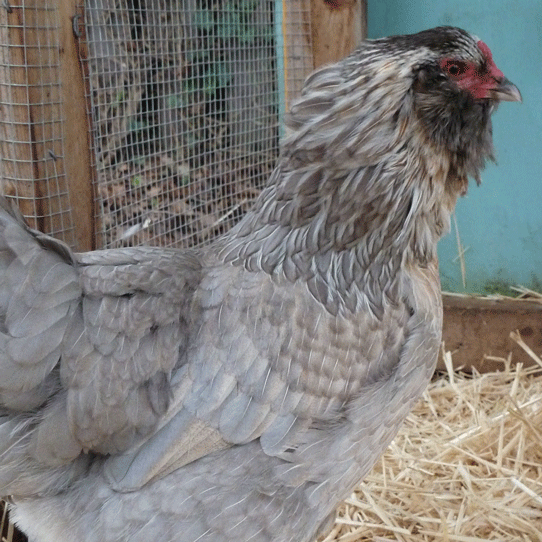 I was getting concerned last week when the mild winter weather decided to take a turn. We got a few days of light snow and the temperature hovered around the teens one night. Every chicken-keeper has their own “code” or sorts on where their breaking point is on bringing the flock into a warmer spot. Knowing they have pretty heavy winter coats, we left them in the coop with some extra straw to nestle in during the day.
I was getting concerned last week when the mild winter weather decided to take a turn. We got a few days of light snow and the temperature hovered around the teens one night. Every chicken-keeper has their own “code” or sorts on where their breaking point is on bringing the flock into a warmer spot. Knowing they have pretty heavy winter coats, we left them in the coop with some extra straw to nestle in during the day.
They don’t seem phased by the cold snap and egg production didn’t take a break either. We kept a close eye on them for any signs of frost bite, which we didn’t find. We also refilled their water twice a day, as it kept freezing.
The chickens might get some new roommates in the backyard soon, but that’s another post for another day!

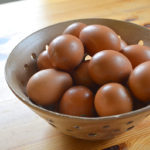
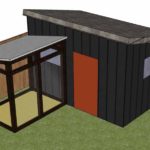
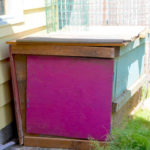

 This cluster was about the siz
This cluster was about the siz




 I start with a
I start with a


I’m excited for you new book to be coming out in April! I was just thinking about it and poking around.
Being from Alaska, my mum’s theory on winter chickens is compost heat. I don’t think it is quite cold enough here in Oregon, but her theory is to stop cleaning the coop in late fall and start adding layers of straw. The new straw keeps the girls clean and happy, and the stuff underneath gives them compost heat (spring brings a big job for cleaning out the coop). That, warm water in the mornings, and a light on a timer seem to keep them laying even when they are spending their days running around in the snow.